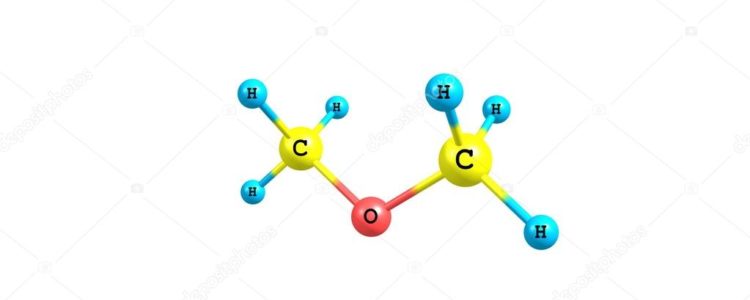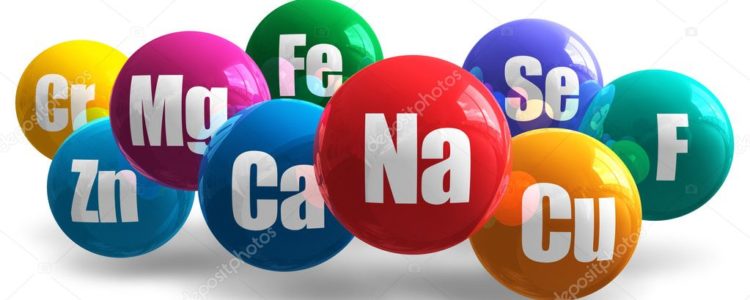A pure chemical compound is a chemical substance that is composed of a particular set of molecules or ions. Two or more elements combined into one substance through a chemical reactionform a chemical compound. All compounds are substances, but not all substances are compounds.
A chemical compound can be either atoms bonded together in molecules or crystals in which atoms, molecules or ions form a crystalline lattice. Compounds based primarily on carbon and hydrogen atoms are called organic compounds, and all others are called inorganic compounds. Compounds containing bonds between carbon and a metal are called organometallic compounds.
Compounds in which components share electrons are known as covalent compounds. Compounds consisting of oppositely charged ions are known as ionic compounds, or salts.
In organic chemistry, there can be more than one chemical compound with the same composition and molecular weight. Generally, these are called isomers. Isomers usually have substantially different chemical properties, and often may be isolated without spontaneously interconverting. A common example is glucose vs. fructose. The former is an aldehyde, the latter is a ketone. Their interconversion requires either enzymatic or acid-base catalysis.
However, tautomers are an exception: the isomerization occurs spontaneously in ordinary conditions, such that a pure substance cannot be isolated into its tautomers, even if these can be identified spectroscopically or even isolated in special conditions. A common example is glucose, which has open-chain and ring forms. One cannot manufacture pure open-chain glucose because glucose spontaneously cyclizes to the hemiacetal form.

